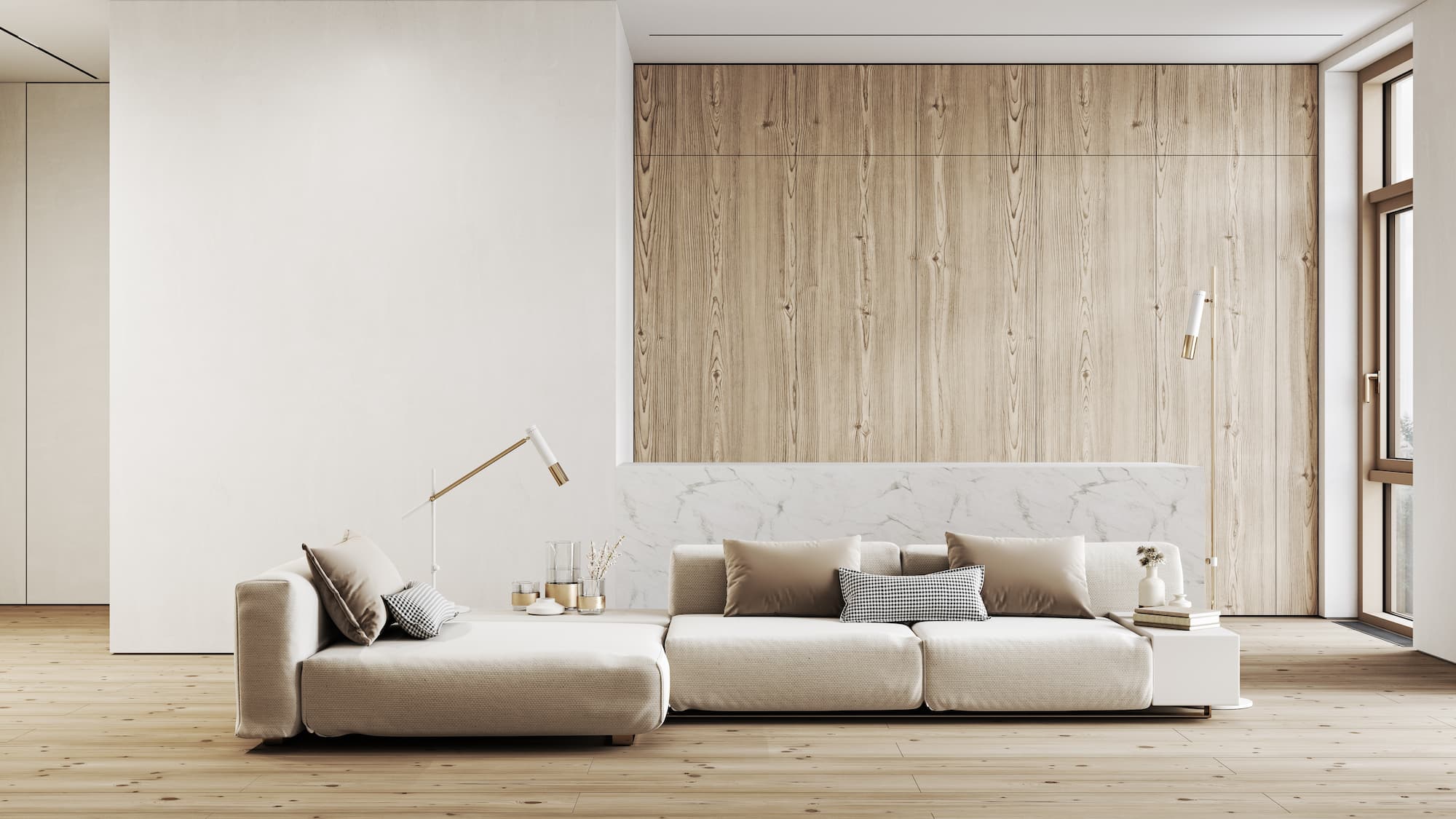Work with professionals in luxury interior design to craft a beautiful space.
Work with professionals in luxury interior design to craft a beautiful space.
Blog Article
Transform Your Home With Crucial Concepts of Interior Decoration and Aesthetics
By comprehending the effect of color concept and the value of appearance and patterns, one can create areas that are not just visually attractive however additionally deeply individual. Accomplishing this balance includes even more than simple decor; it encompasses a tactical setup and a keen understanding of exactly how each element interacts within an area.
Understanding Shade Theory
Comprehending the concepts of shade concept enables developers to develop areas that reverberate psychologically with owners while satisfying useful demands. Each category plays a critical function in establishing consistency within a space.
The emotional effect of colors is profound; warm colors such as reds and oranges stimulate power and warmth, while cool tones like blues and greens promote calmness and serenity. The usage of complementary shades enhances visual interest, creating striking contrasts that can elevate a space's charm.
Neutral shades, on the various other hand, serve as a functional backdrop, permitting other layout components to beam. It is crucial to consider variables such as lights and the space's objective when selecting a color combination, as these can change the perception of colors throughout the day.
Ultimately, a well-considered color design can change a room, fostering a sense of comfort and style that aligns with the inhabitants' preferences. Mastery of shade theory is, therefore, an essential ability for any type of interior developer aiming to develop harmonious and welcoming settings.
Achieving Balance in Design
Exactly how can designers attain a feeling of balance in their rooms? Accomplishing balance in design is essential to creating harmonious insides. Developers can make use of three primary kinds of balance: in proportion, asymmetrical, and radial. In proportion balance involves arranging aspects uniformly around a central point, fostering a sense of order and harmony. This type typically features sets of furnishings or artwork, boosting aesthetic security.
Asymmetrical equilibrium, on the other hand, depends on varying components that still achieve a natural look. This method enables more dynamic and casual plans, offering rate of interest while preserving equilibrium. By meticulously picking differing dimensions, shades, and textures, developers can produce an aesthetically engaging room that really feels well balanced yet energised.
Radial balance highlights a main prime focus with elements radiating outward. This design is typically seen in circular formats, where furniture and style produce a cohesive border that draws the eye internal.
Ultimately, attaining equilibrium calls for thoughtful consideration of range, percentage, and the partnerships between aspects. luxury interior design. By masterfully using these equilibrium principles, designers can transform areas into atmospheres that feel both visually pleasing and functionally unified, boosting the total experience for passengers
Importance of Spatial Awareness

An eager feeling of spatial understanding allows developers to determine centerpieces within an area, assisting the customer's interest to crucial attributes while keeping a total feeling of unity. It additionally aids in the strategic placement of lights, which can substantially affect the understanding of area and mood. Moreover, recognizing spatial relationships enables the designer to satisfy the details demands of residents, guaranteeing that each location serves its desired objective without endangering appearances.
Eventually, spatial recognition is essential for taking full advantage of the possibility of any interior room. By very carefully considering the interaction see page in between measurements, layout, and function, designers can develop settings that not only meet useful requirements yet also evoke a feeling of comfort and charm, boosting the total living experience.
Including Appearance and Patterns
Accepting a diverse series of appearances and patterns can dramatically enhance the aesthetic and tactile charm of an interior area. The strategic use different products-- such as timber, steel, textile, and stone-- creates deepness and interest, making a space feel more welcoming and vibrant. For instance, incorporating smooth surfaces with harsh structures can develop a balance that attracts the eye and engages the detects.
When incorporating patterns, think about both range and rep. Big patterns can function as prime focus, while smaller sized, subtle designs can complement other aspects without overwhelming the space. Layering patterns, such as pairing flower paddings with candy striped tosses, adds complexity and a sense of consistency if performed attentively.
It is additionally critical to keep a natural shade combination, ensuring that textures and patterns interact rather than compete for attention. By picking a few vital structures and patterns, you can create a linked aesthetic that reflects your personal design while enhancing the overall ambiance of the space. Eventually, the careful check it out incorporation of these elements can change an ordinary room right into an innovative setting rich with personality and heat.
Customizing Your Room
Creating a space that mirrors your individuality is vital to accomplishing a really inviting setting. Customization in interior decoration permits you to infuse your distinct design and interests into your home, transforming it from a mere shelter into a refuge that speaks to that you are. Begin by picking a color palette that resonates with your emotions-- strong hues can invigorate, while soft tones supply peace.
Integrate art work and design that show your passions, whether it be traveling, nature, or abstract ideas. Showing personal collections, such as publications, pictures, or keepsakes, can stimulate treasured memories and develop centerpieces within an area. Additionally, take into consideration personalizing functional items, like upholstered furnishings, to line up with your aesthetic preferences.

Verdict
To conclude, the makeover of a home with the vital principles of interior layout and appearance demands a comprehensive understanding of shade concept, balance, spatial awareness, structure, and customization. Each get redirected here element adds substantially to developing a harmonious and useful living atmosphere - Architecture Firm. By thoughtfully integrating these principles, people can improve the visual appeal and psychological vibration of their rooms, eventually fostering a home that shows special identifications while giving comfort and functionality
Report this page